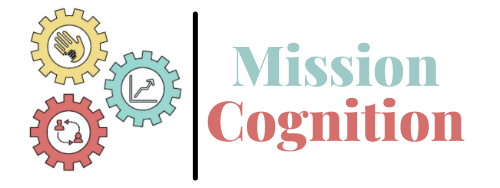Toys & games are expensive! But…we NEED them if we are teaching play & social skills, right!
Before diving into the conversation on how to avoid buying all the things, I want to share some more general information about the purchases we make in our centers with an aim of teaching play & social skills.
I am not a big fan of buying materials targeted specifically toward teaching social skills. Often times the cost of items specifically marketed in this way or to a special needs population in general, is high. It’s unfortunate, but it’s true. Aside from potential financial reasons, I am also not drawn to these types of activities because they tend to focus on social cognition or rule comprehension. Talking about social skills is a lot different than actual demonstrating social skills in real life situations where they are expected.
Rather than play a board game where participants answer questions about how to be a good sport, why not just play a competitive game where those skills would need to be used and “experienced.”
When we teach skills in natural ways, we are actually using researched backed strategies. Teaching using materials that are found in the natural environment and within the context of situations that simulate those the individual would experience in the real world are actually very solid strategies for promoting generalization.
Generalization is the use of a skill across people, places, and materials. When we see that a skill has successfully generalized, we can be more confident in saying that the skill is mastered and now a part of the individuals repertoire.
We’ve chatted about what not to buy, or use caution when buying, so now let’s discuss some factors to take into consideration when deciding what TO buy or add to your toy/game selection.
I am a sucker for a great deal. In order to prevent myself from buying all the things (I’m looking at you, FB Marketplace), I have set up a series of questions to ask and answer before determining if we really need something. The struggle is real with not accepting, “but it’s so much fun!” as the final -be all answer.
Here are 5 questions to ask yourself when contemplating a toy/game purchase or addition:
- Who is this for? Ask yourself who will be using this item. Is it your own child? Is it for a small group or a whole class? What developmental level is this toy or activity appropriate for and does it match up with the population you have in mind for use. There’s nothing worse than purchasing something that doesn’t get used. Making sure you have a clear population in mind can help to avoid this.
- How will it be used? Think about play levels. Can this item be used independently, are there enough parts/ pieces for others to parallel play, can you use as is or expand upon it to target associative and cooperative social levels of play. Can you target multi step play sequences to extend the life of the activity by increasing complexity in play and making it appropriate for a wider population of learners?
- Is it a stand alone activity or does it need more? A play kitchen for example, is great and loads of fun, BUT only if you have other props to go with it. Do you have items that can serve as food, plates, pots/pans, etc. Consider how much more you will need to buy or add to the purchase to make it useful and functional for your learners. Incomplete sets of items often end up staying in storage, so think through the whole play process before purchasing.
- Where will I store it? At Mission Cognition we may be in a unique situation for this one, as we keep all of our toys/activities in a storage room. As we serve ages 2.5- teens in center, we keep the environment fluid dependent upon who we have on site at the time. We take out select activities / games / play sets dependent upon the age group, developmental levels, interests and also work to teach activities systematically. As such, we can’t buy things that we just plain don’t have room for. Be sure you have an idea of where you are going to keep or store something before you bring it home. or to your classroom/clinic. If it’s out of sight, it’s likely out of mind and won’t get used.
- How will I clean it? This one here is a special Covid-19 special. Of course, we should always be cleaning and sanitizing items between use just for the sake of healthy habits and maintaining a safe environment, but it’s ever so important during this pandemic. Soft surfaces are likely to be something you may want to avoid right now as the cleaning process is a bit more complex. We opt now for only purchases that can be easily sprayed and wiped down.
These questions have been so helpful to me in our centers, as I work to purchase with purpose. Anything to add? What’s been working well for you?
Drop us a comment as I am sure your ideas / tips / tricks will be helpful to others in our community as well!
